Government suggests facing sargasso with investments
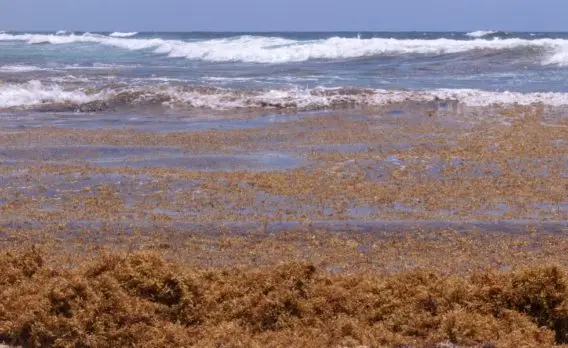
The Autonomous University of Santo Domingo (UASD) reaffirms its position as a pioneer in national scientific studies by making available to the State an ambitious plan to control the sargasso that invades the coast of the Dominican Republic. This emergency phenomenon must be faced in the short, medium, and long term.
The Academy is making the plan available through its Vice-Rectory of Research and Postgraduate Studies, in coordination with the Faculty of Sciences and the Center for Marine Biology Research (CIBIMA) “Idelisa Bonnelly de Calventi.”
Dr. Gladis Rosado, director of CIBIMA, an organization attached to the Faculty of Sciences, which its dean represented, José Ferreira, disclosed details about the project to control macroalgae.
Dr. Rosado warns that sargasso has become an emergency phenomenon that must be faced in the short, medium, and long term, not only by the Dominican Republic but all the countries that comprise the Latin American region.
“More than 19 countries are in the same desperation as we are, and even the United States has had to create a fund to attend to the coast of Florida, where the sargasso had never arrived before, and this year it is doing so,” she emphasizes.
The specialist specifies that in the interest of finding a solution to the threat of macroalgae, the UASD offers its scientific studies of marine biology that include more than four thousand samples of algae and more than three hundred species located and coded, which would allow projecting the behavior of sargassum during the next 100 years in the Dominican Republic.
Cause of Sargasso
Rosado explains that sargasso is caused by alterations of atmospheric climatic events and their interaction with the oceans, which has resulted in an imbalance in the dynamic behavior of the Caribbean Sea and the Atlantic Ocean, which with temperatures above 30 degrees Celsius favor the disproportionate growth of macroalgae.
In this regard, the UASD advocates a strategy that includes the 19 most affected countries in the region, centered on three fundamental axes: forecasting, collection, and reuse.
Scientific trajectory
The university authorities, headed by the rector Editrudis Beltrán Crisóstomo, recall that since the 1970s, its Marine Biology Research Center (CIBIMA) has historical records on what happens at the bottom of the sea and especially on the behavior of macroalgae.
They also highlight that in 2019, the Academy of higher studies took another giant step in marine research by explaining in the indexed scientific journal Journal of Oceanography and Marine Science the phenomenon of the production of Sargassum upwellings.
In addition, last year, the Primada de América was able to predict the distribution of sargassum along the country’s coasts using the historical records of its Marine Biology Center.
In line with the above, the UASD, considering the priority of the problem, offers the central government eight research proposals to turn the sargassum upwelling into an opportunity, with a total investment amounting to 418 million pesos.
Proposals
The Casa de Altos Estudios proposes an observation and research program for the early warning forecast of sargassum in the Atlantic and contiguous maritime zones: territorial sea and exclusive economic zone of the Dominican Republic.
It also proposes sargassum rafts, a product of the upwelling in the country, anti-cancer bioprospecting of sargassum species present on the coasts of the Dominican Republic.
It also obtains three multifunctional and nutraceutical products from sargassum ssp, using biological processes that do not significantly alter its naturalness.
Similarly, the nutritional content of sargassum fluitans and natans and its potential for animal and vegetable feed.
Effects on the health of populations impacted by sargassum upwelling on the east coast of the Dominican Republic.
Impact of sargassum on the populations of the northeastern coast: Cabrera, Río San Juan, and Rincón beach in Samaná.
Profile for collection, utilization, and disposal of sargassum with energy generation or materials applications.



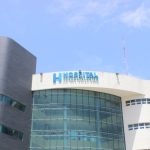


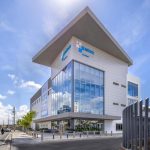
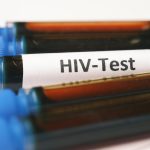




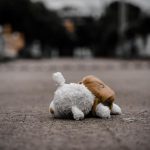
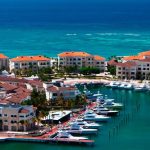
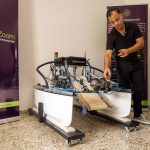

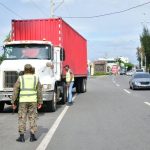
Removing the sargassum from the beach when it is light & clean is an important interim step. It can be used as fertilizer. Allowing it to rot on the beaches is having very negative economic impacts on local communities that rely on the beach industry. People have no money for food. .